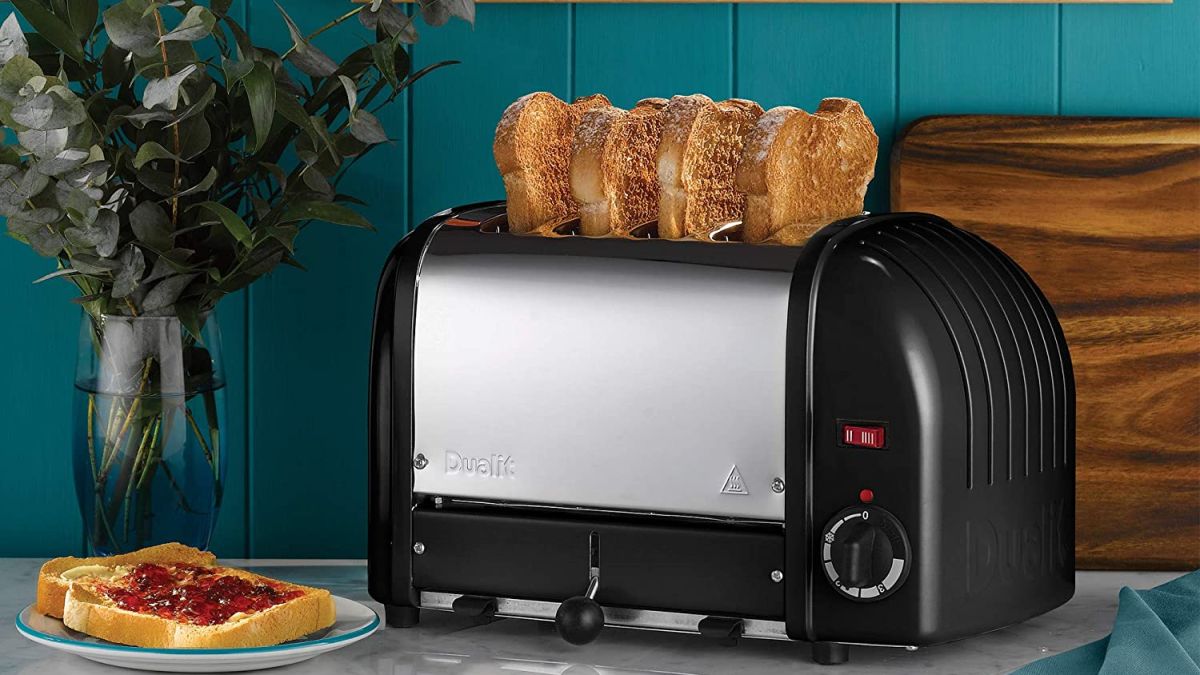

Articles
How Often To Replace Toaster
Modified: September 2, 2024
Find out how often you should replace your toaster with our informative articles. Get tips on prolonging the lifespan of your toaster and ensuring optimal performance.
(Many of the links in this article redirect to a specific reviewed product. Your purchase of these products through affiliate links helps to generate commission for Storables.com, at no extra cost. Learn more)
Introduction
Welcome to the world of toasters, where crispy, golden-brown slices of bread are born. A toaster is an essential kitchen appliance that has become a staple in households around the world. It effortlessly transforms ordinary bread into a delightful treat that can be enjoyed at any time of the day.
However, like any other kitchen appliance, toasters have a limited lifespan. Over time, they may start to show signs of wear and tear, or simply fail to perform as efficiently as they used to. This begs the question: How often should you replace your toaster?
In this article, we will explore the factors that can affect the lifespan of a toaster, the signs that indicate it’s time for a replacement, routine maintenance tips to prolong its lifespan, and the average lifespan of different types of toasters.
So, whether you’re a toast lover who enjoys a crispy slice every morning or someone who occasionally indulges in a toasted treat, read on to discover all you need to know about the lifespan of your faithful taster.
Key Takeaways:
- Regular maintenance, including cleaning the crumb tray and inspecting the power cord, can extend your toaster’s lifespan and ensure delicious toast for years to come.
- Signs such as inconsistent toasting, longer toasting times, and burnt odors indicate it’s time to replace your toaster for a safer and more efficient toasting experience.
Read more: How Often To Replace Duvet
Factors Affecting Toaster Lifespan
While toasters are relatively simple appliances, their lifespan can be influenced by several factors. Understanding these factors can help you make informed decisions about when it’s time to replace your toaster. Here are some key factors that can affect the lifespan of your toaster:
1. Build Quality: The build quality of a toaster plays a crucial role in determining its longevity. Higher-quality toasters are typically made with durable materials and designed to withstand daily use. Cheaper, lower-quality toasters may have a shorter lifespan due to their inferior construction.
2. Frequency of Use: How often you use your toaster can impact its lifespan. To put it simply, the more you use it, the more wear and tear it will experience. If you use your toaster multiple times a day, you can expect it to have a shorter lifespan compared to one that is used less frequently.
3. Maintenance: Regular maintenance can help extend the lifespan of your toaster. Cleaning the crumb tray, removing any stuck bread crumbs, and keeping the heating elements free from debris can prevent potential malfunctions. Neglecting maintenance can cause the toaster to overheat or stop working altogether.
4. Power Surges: Power surges can pose a threat to electronic appliances, including toasters. Sudden spikes in electrical current can damage the internal components of the toaster, leading to a shorter lifespan. Using surge protectors or unplugging the toaster during electrical storms or power outages can help mitigate the risk.
5. Environmental Conditions: The environment in which your toaster is placed can also affect its lifespan. Excessive heat, humidity, and exposure to moisture can accelerate the deterioration of the internal components. It is best to keep your toaster in a cool and dry area of your kitchen.
6. Manufacturer Quality: The reputation and quality of the toaster’s manufacturer can play a role in its lifespan. Trusted brands with a track record of producing reliable appliances are more likely to offer toasters with a longer lifespan compared to lesser-known or generic brands.
7. Technological Advances: As with any other electronic device, advancements in technology can render older toasters outdated. Newer models may offer improved features, energy efficiency, and more durable components than older models. If your toaster is several years old and not functioning optimally, it may be time to consider an upgrade.
Remember, these factors may not hold true in every situation. Some toasters may last longer despite unfavorable conditions, while others may fail prematurely even with proper care. Ultimately, it is essential to assess these factors collectively to determine when it’s time to bid farewell to your loyal toaster and welcome a new one into your kitchen.
Signs that Indicate it’s Time to Replace Your Toaster
While toasters are generally reliable appliances, there comes a time when they start to show signs of wear and tear that indicate it’s time for a replacement. Here are some common signs that suggest it’s time to bid farewell to your old toaster:
1. Inconsistent Toasting: If your toaster no longer consistently toasts bread evenly on both sides, it may be a sign of a malfunctioning heating element. Uneven toasting can result in some slices being undercooked while others are overcooked. This can be frustrating and a clear indication that your toaster is nearing the end of its lifespan.
2. Longer Toasting Times: Has your toaster suddenly started taking significantly longer to toast bread? If yes, it may indicate that the heating elements are not functioning optimally. This can result in longer waiting times for your toast, which can be inconvenient if you’re in a hurry or have a busy morning routine.
3. Burnt or Smoky Odors: If you notice a persistent burnt or smoky odor every time you use your toaster, it could be a sign that the internal components are overheating or burning. Such odors are not normal and should not be ignored, as they can indicate a potential fire hazard or electrical malfunction.
4. Sticky or Jammed Lever: The lever on your toaster should move smoothly and effortlessly. If you find that it is sticky, jammed, or requires excessive force to operate, it may be a sign of mechanical failure. This can lead to difficulty in inserting or retrieving slices of bread, making the toaster inconvenient to use.
5. Excessive Sparks or Smoke: If you notice sparks or smoke coming from your toaster during use, it is a critical warning sign that should not be ignored. This can indicate a serious electrical issue that poses a safety risk. It is best to immediately unplug the toaster and replace it with a new one to avoid potential accidents.
6. Failure to Heat: If your toaster no longer heats up or heats up only sporadically, it is a clear indication of a malfunction. This can result in undercooked or unappetizing slices of bread. Attempting to fix the heating element yourself is not recommended, as it can be dangerous. It’s best to invest in a new toaster for consistent and reliable toasting.
7. Aging and Outdated Design: While not a functional concern, an aging and outdated design can be a valid reason to consider replacing your toaster. Newer models often come with sleek designs, advanced features, and improved energy efficiency. Upgrading to a newer model can enhance the aesthetics of your kitchen and provide a better toasting experience.
Keep in mind that these signs may vary depending on the specific make and model of your toaster. However, if you notice multiple signs or experience any safety-related issues with your toaster, it’s essential to prioritize your well-being and replace the appliance promptly.
Replace your toaster every 5-7 years to ensure it continues to work efficiently and safely. Over time, the heating elements and other components can wear out, leading to uneven toasting or potential safety hazards.
Routine Maintenance Tips for Extending Toaster Lifespan
Proper maintenance is key to extending the lifespan of your toaster and ensuring that it continues to function optimally. By implementing these routine maintenance tips, you can keep your toaster in top shape for longer:
1. Regular Cleaning: Remove and clean the crumb tray regularly to prevent the accumulation of bread crumbs and residue. A buildup of crumbs can lead to clogs, affecting the toaster’s performance and potentially causing overheating. Use a soft brush or cloth to wipe down the interior and exterior of the toaster to remove any dust or debris.
2. Unplug When Not in Use: After every use, make it a habit to unplug your toaster from the electrical outlet. This not only saves energy but also prevents any potential electrical issues while the toaster is not in operation.
3. Avoid Excessive Heat Exposure: To protect your toaster from excessive heat exposure, avoid placing it near other heat-generating appliances, such as stovetops or ovens. Excessive heat can cause the toaster’s internal components to deteriorate faster, shortening its lifespan.
4. Use a Toaster Cover: Consider using a toaster cover when the appliance is not in use. A toaster cover helps protect it from dust, moisture, and other potential damages that can occur while it’s sitting idle on your kitchen countertop.
5. Inspect Power Cord and Plug: Regularly check the power cord and plug for any signs of damage, such as frayed wires or loose connections. If you notice any issues, immediately replace the cord or contact a professional for repairs. Do not attempt to use a damaged cord or plug, as it can pose a safety hazard.
6. Avoid Overcrowding: Avoid overcrowding the toaster with oversized bread slices or other items that may not fit properly. Forcing objects into the toaster can damage the mechanism or heating elements, resulting in a shorter lifespan. Ensure that the slots are suitable for the size of the bread you intend to toast.
7. Regularly Check Heating Element: Over time, the heating elements in a toaster can become coated with residue or burnt food particles. Regularly inspect the heating elements and gently clean them using a soft brush or cloth. Ensure the toaster is unplugged and cooled down before attempting any cleaning or maintenance.
8. Follow Manufacturer’s Instructions: Always refer to the manufacturer’s instructions for specific maintenance guidelines for your toaster model. Different toasters may have different care requirements, and following the guidelines provided will ensure you are taking the appropriate steps to maintain your toaster’s lifespan.
By incorporating these routine maintenance tips into your toaster care routine, you can help prolong its lifespan and enjoy delicious toast for years to come.
The Average Lifespan of Different Types of Toasters
The lifespan of a toaster can vary depending on several factors, including build quality, usage patterns, maintenance, and technological advancements. Here’s a general overview of the average lifespan of different types of toasters:
1. Pop-Up Toasters: Pop-up toasters, also known as slot toasters, are perhaps the most common type of toaster found in households. These toasters usually have two or four slots for toasting bread slices. On average, a well-maintained pop-up toaster can last anywhere from 5 to 10 years. However, some high-quality models can last even longer with proper care.
2. Toaster Ovens: Toaster ovens offer more versatility than pop-up toasters. They can not only toast bread but also bake, broil, and perform other cooking functions. Due to their larger size and additional features, toaster ovens tend to have a longer lifespan. With regular maintenance, a toaster oven can last between 8 to 12 years. Higher-end models may last even longer.
3. Conveyor Toasters: Conveyor toasters are commonly used in commercial settings such as restaurants, cafes, and hotels. These toasters have a conveyor belt that moves the bread slices through a heating element. Due to their heavy-duty construction and continuous use, conveyor toasters are designed to be durable and can last 10 to 15 years or more with proper maintenance.
4. Toaster Bags: Toaster bags are a convenient alternative to traditional toasters. These bags are made of heat-resistant material and allow you to toast bread, sandwiches, and other items in a regular toaster without making a mess. While the lifespan of toaster bags themselves is relatively short (a few months to a year), they can help protect the toaster from crumbs and extend its lifespan.
5. Smart Toasters: With technological advancements, smart toasters have entered the market, offering features such as smartphone connectivity, programmable settings, and precise toasting controls. The average lifespan of a smart toaster can vary depending on the brand and technology involved. However, as with any electronic device, it is reasonable to expect a lifespan of around 5 to 8 years.
Remember, these are general estimates and can vary based on individual usage patterns, maintenance, and the specific model and brand of the toaster. It’s important to observe the signs discussed earlier in the article to determine if your toaster is still functioning optimally or if it’s time for a replacement.
When considering purchasing a new toaster, it’s recommended to invest in a high-quality model from a reputable brand. Quality construction and reliable performance are key factors that can contribute to a longer lifespan, ensuring you enjoy delicious, perfectly toasted bread for years to come.
Read more: How Often To Replace Artificial Grass
Conclusion
Your toaster is a trusty kitchen companion that delivers perfectly toasted slices of bread to start your day or satisfy your snack cravings. Understanding the factors that affect its lifespan and knowing when it’s time to replace it is essential for maintaining a well-functioning appliance in your kitchen.
Factors such as build quality, frequency of use, maintenance, power surges, environmental conditions, manufacturer quality, and technological advances can all contribute to the lifespan of your toaster. By assessing these factors collectively, you can determine the optimal time to replace your toaster and upgrade to a newer, more efficient model.
Signs such as inconsistent toasting, longer toasting times, burnt or smoky odors, sticky or jammed levers, excessive sparks or smoke, failure to heat, and an outdated design are clear indicators that it’s time to bid farewell to your old toaster and embrace a new one.
To extend the lifespan of your toaster, practicing routine maintenance is crucial. Regularly cleaning the crumb tray, unplugging when not in use, avoiding excessive heat exposure, using a toaster cover, inspecting the power cord and plug, and following the manufacturer’s instructions for maintenance will help keep your toaster in optimal condition for longer.
The average lifespan of different types of toasters can vary, with pop-up toasters lasting between 5 to 10 years, toaster ovens lasting 8 to 12 years, conveyor toasters lasting 10 to 15 years or more, toaster bags lasting a few months to a year, and smart toasters lasting around 5 to 8 years.
Remember, these are general estimates, and individual experiences may vary. Ultimately, paying attention to the signs, maintaining your toaster properly, and investing in a high-quality toaster from a reputable brand will ensure you get the most out of your appliance.
So, next time you enjoy a perfectly toasted slice of bread, remember to appreciate your trusty toaster and keep an eye out for any signs that it may be time to say goodbye and welcome a new one into your kitchen. Cheers to crispy, delicious toast!
Frequently Asked Questions about How Often To Replace Toaster
Was this page helpful?
At Storables.com, we guarantee accurate and reliable information. Our content, validated by Expert Board Contributors, is crafted following stringent Editorial Policies. We're committed to providing you with well-researched, expert-backed insights for all your informational needs.
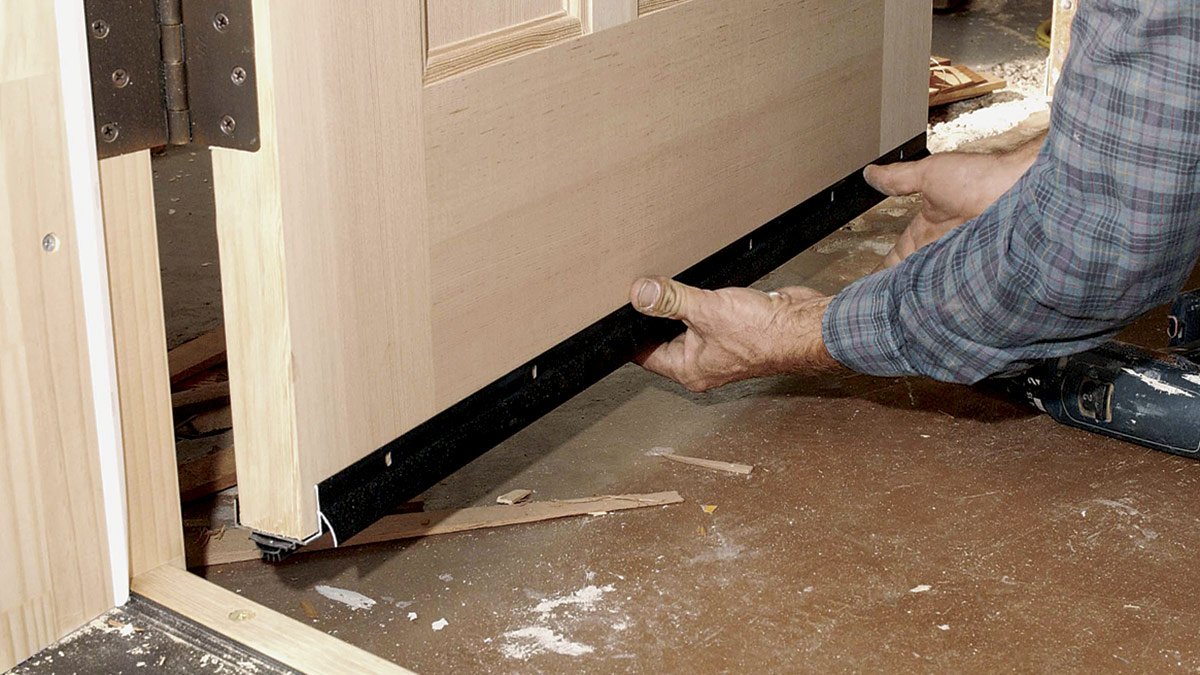
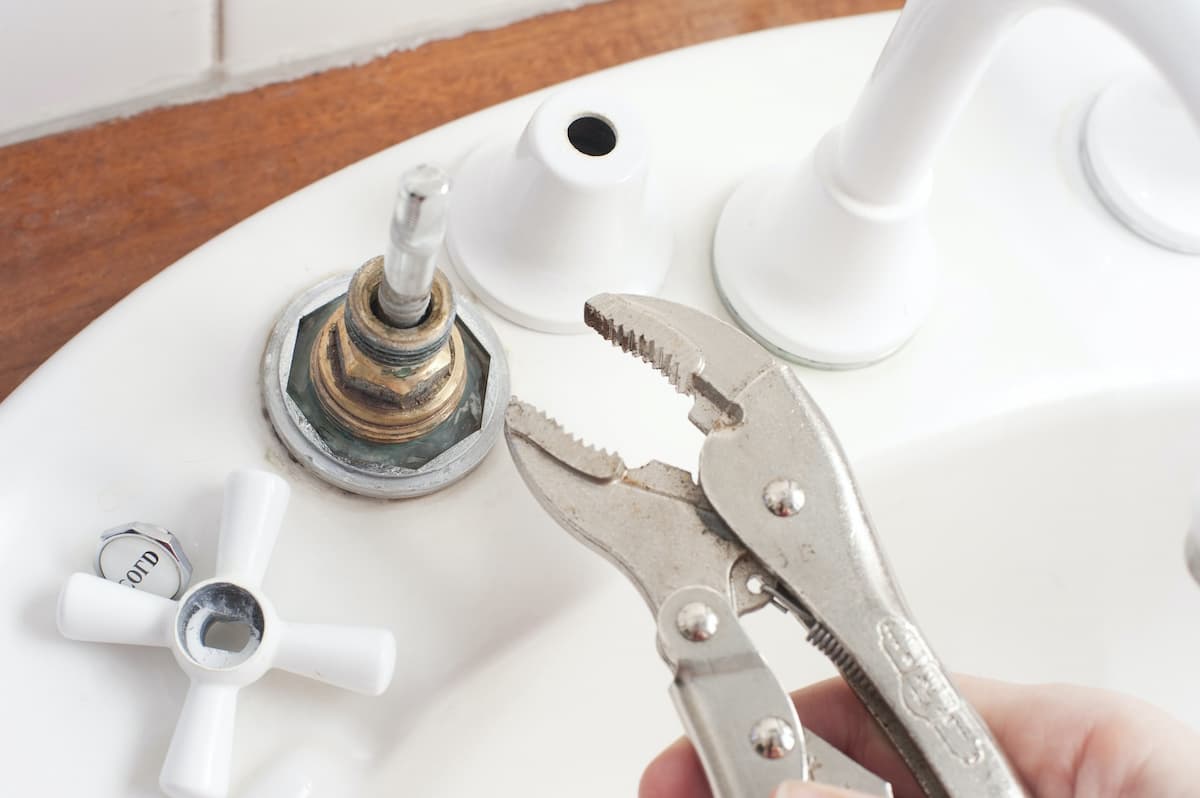


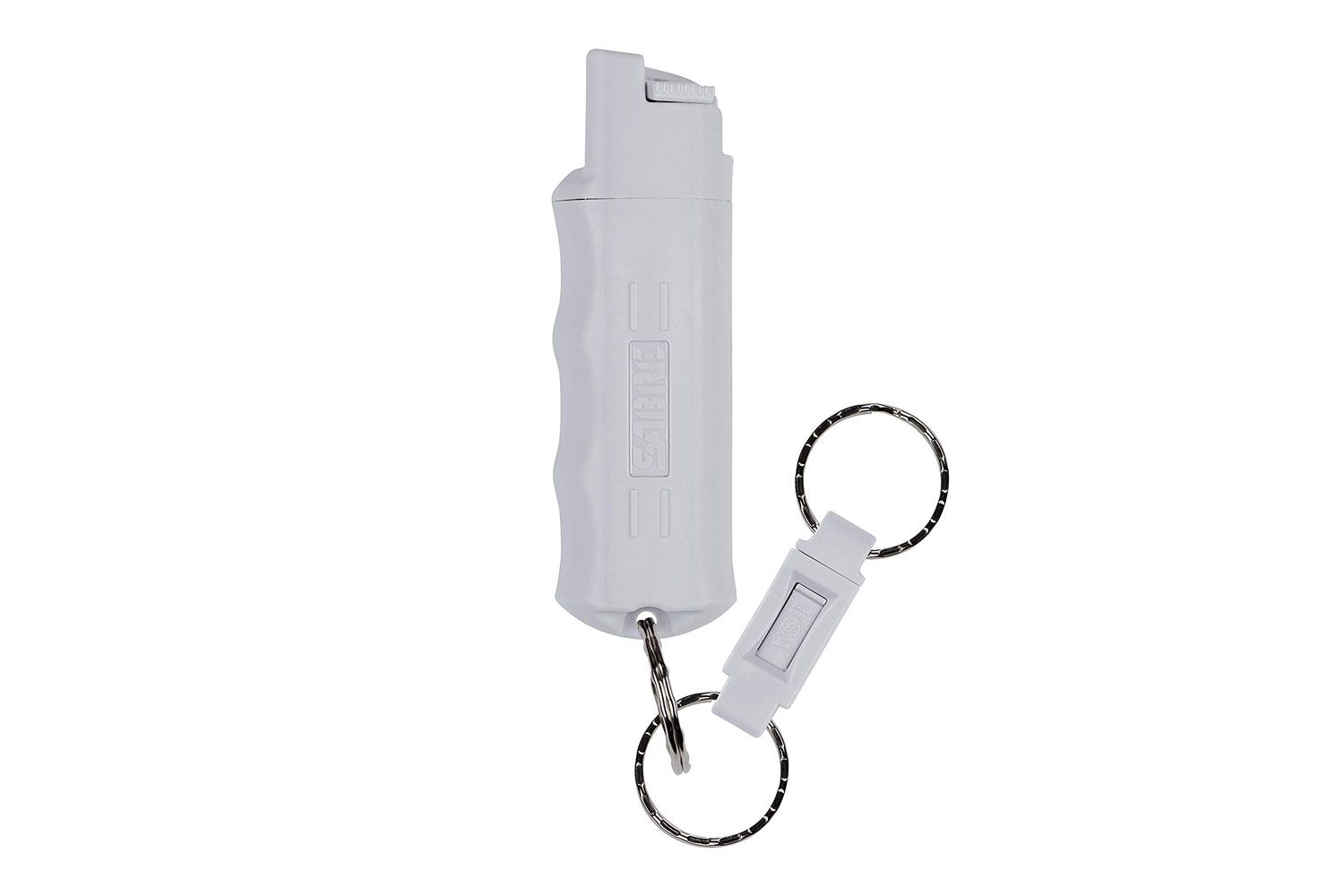

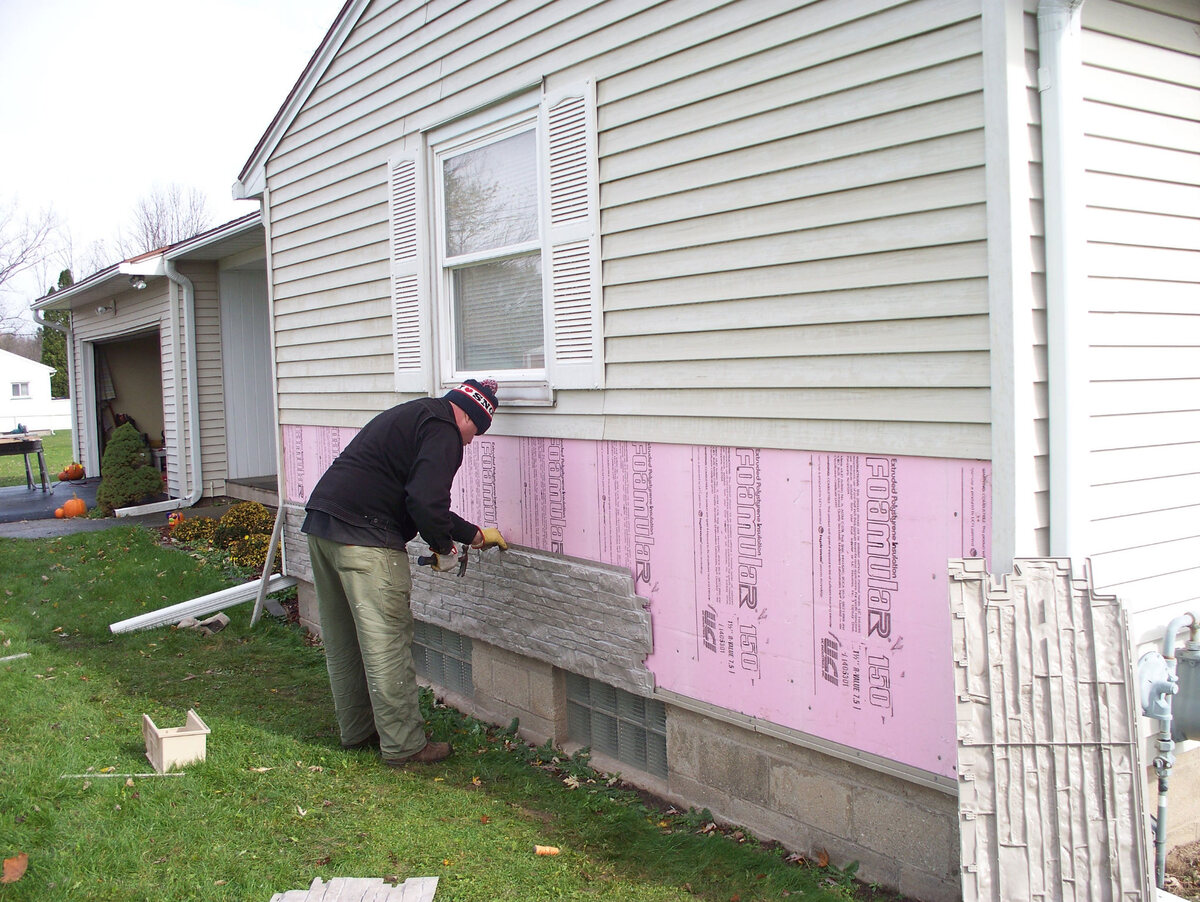



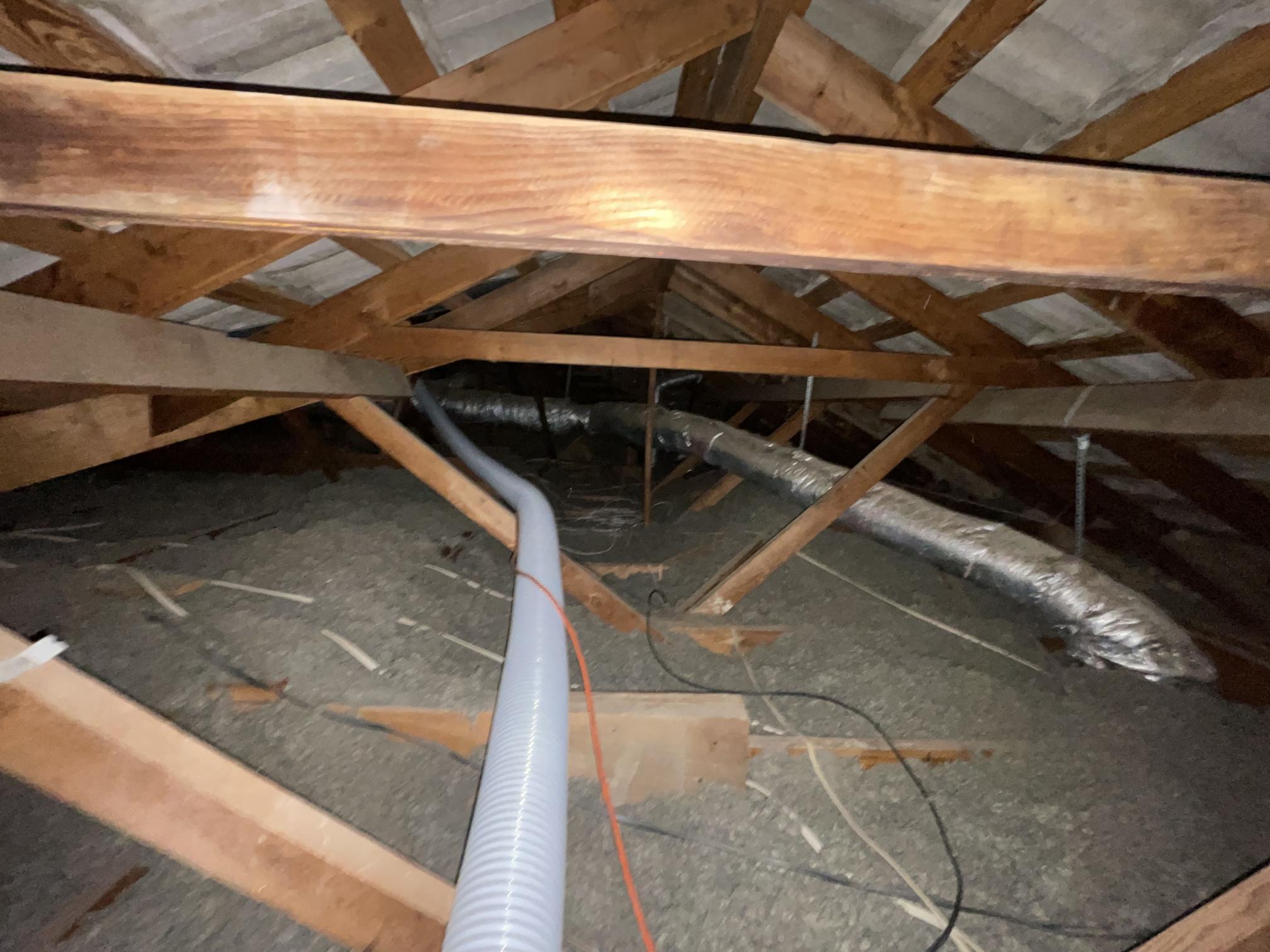
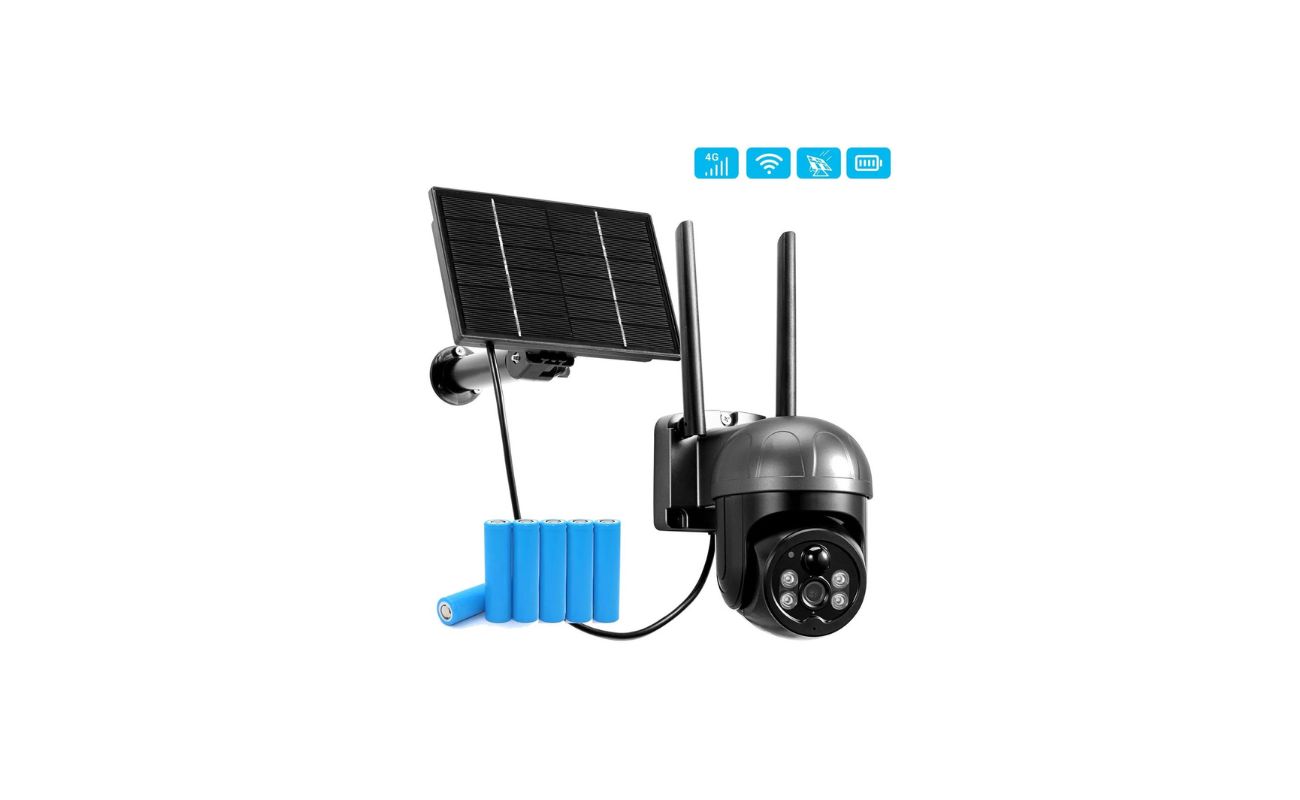

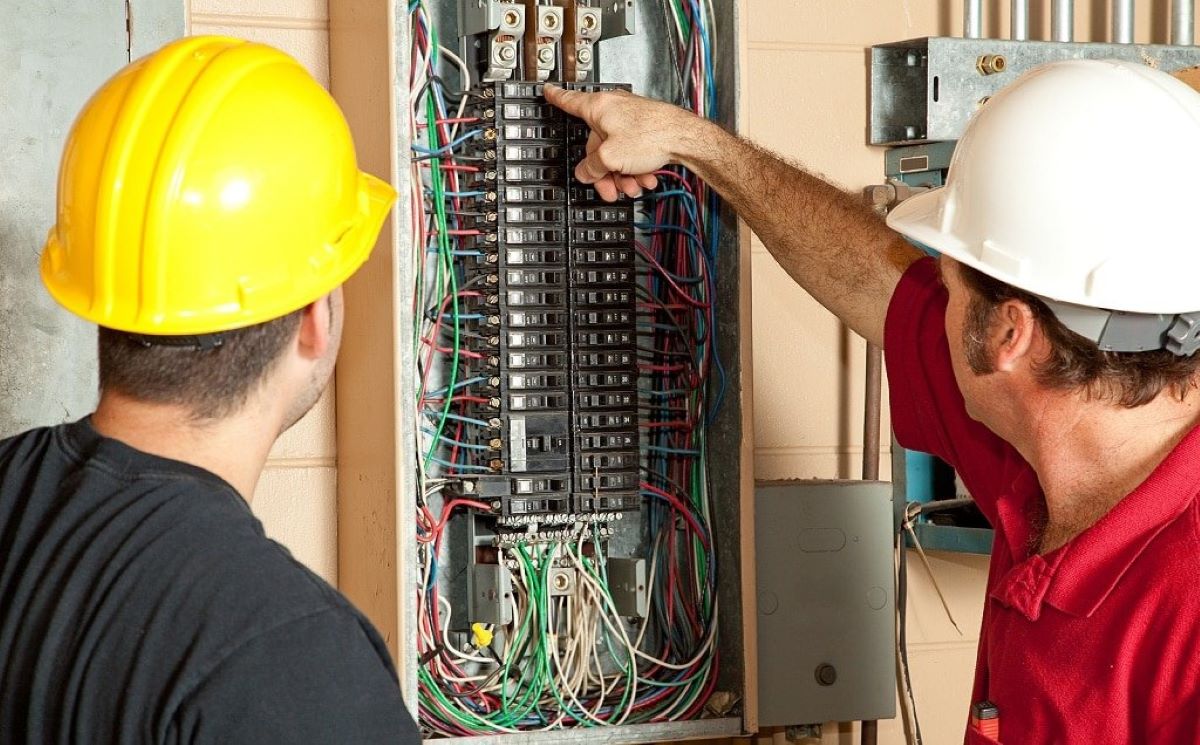

0 thoughts on “How Often To Replace Toaster”